5 Things You're Doing Wrong at the Grocery Store
Our best and worst eating habits start in a grocery store, says consumer behavior expert Brian Wansink. But his tiny tweaks can change the way you eat (and have nothing to do with buying low-fat).
By Corrie Pikul
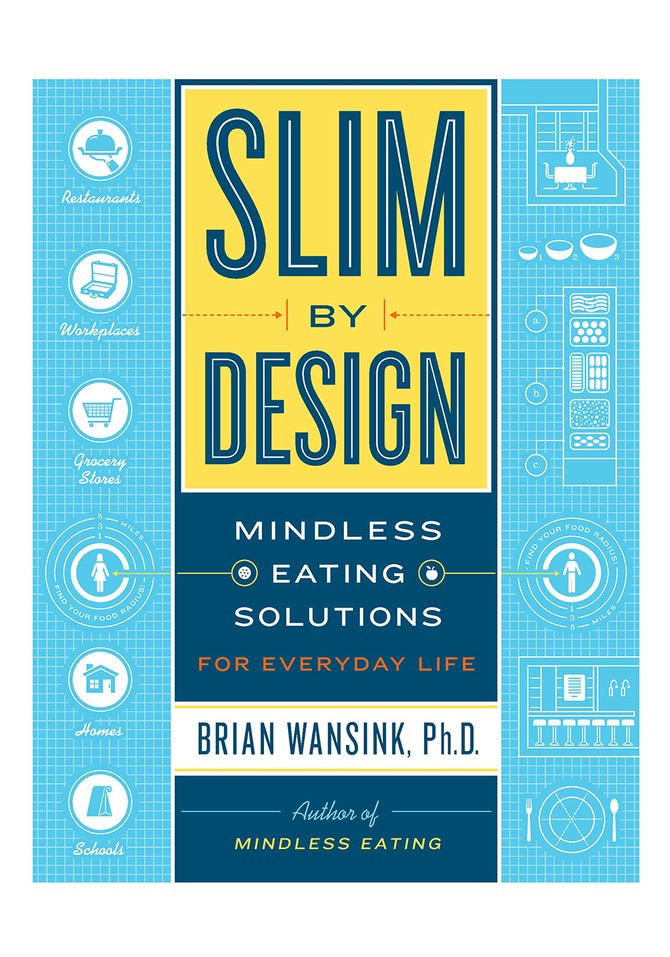
Photo: Courtesy of William Morrow
Brian Wansink, PhD, is the Cornell University professor who coined the term "mindless eating" and did countless studies to prove that small shifts make a huge difference (he's the one who told us we eat 96 percent more when we're with a group of friends and we serve ourselves 22 percent more when the color of our food matches our plate). Wansink's hotly anticipated new book, Slim By Design, is packed with research that shows how we can change the way we interact with our environments to make eating healthy a no-brainer. First stop: The grocery store.

Photo: Image Source/Getty Images
How To Eat 7 Percent Less Junk Food
What he found: You've heard that you shouldn't go shopping when you're hungry because you'll buy more food. Wansink has found that, in fact, when we are hungry, we buy the same amount of food but more cellophane-wrapped nibbles that can be opened with one hand and devoured in five seconds flat. Because most people can't help but shop when they're hungry, Wansink decided to come up with a way to interrupt those urgent cravings. When he gave shoppers gum to chew at the start of their shopping trip, they bought 7 percent less junk food than those who weren't chewing gum and also rated themselves as less ravenous and less tempted by food.
What you should do: Make sure the gum is sugarless, because sugary gum (as well as hard candy) had the opposite effect and amped up the craving for sweets.
What you should do: Make sure the gum is sugarless, because sugary gum (as well as hard candy) had the opposite effect and amped up the craving for sweets.
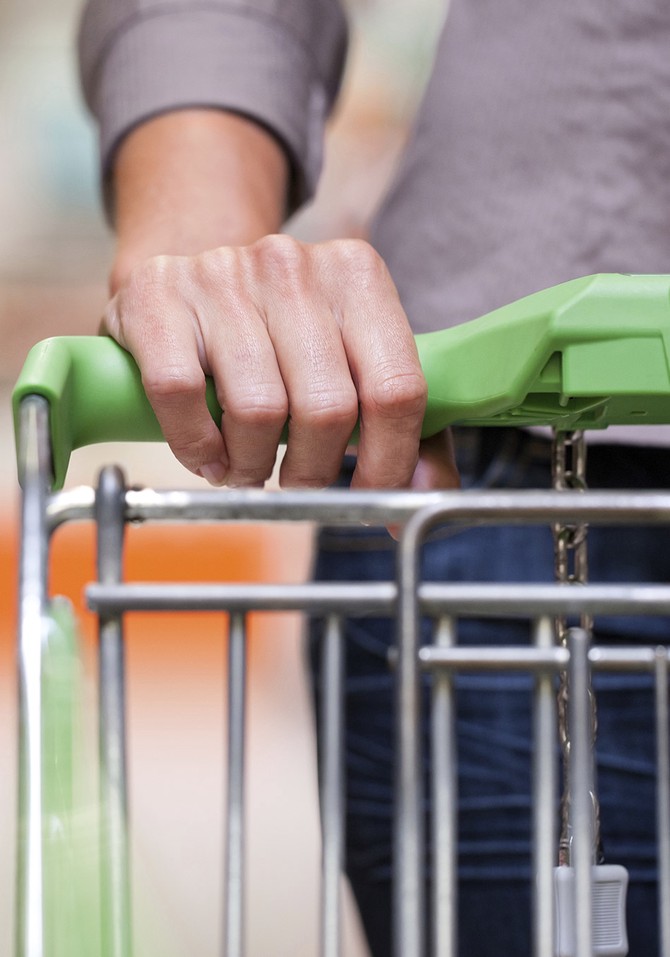
Photo: kzenon/iStock/360/Getty Images
The Best Way to Stick to Your List
What he found: The rate at which we put items into the cart is highest at the beginning of the trip and lowest at the end, Wansink says. This is great if you start in the produce section (as many of us do) and then go directly to, say, the natural foods aisle. But what Wansink observed while tracking shoppers is that after leaving the fruits and vegetables section, most people then went into aisle 2, filling their carts with whatever they found—very often it was snacks and candy. Then they started jumping around the store to top off their nearly full cart.
What you should do: Shop the perimeter of the store first, where you'll encounter healthy options—dairy, meat, fish—when you're most likely to grab things.
What you should do: Shop the perimeter of the store first, where you'll encounter healthy options—dairy, meat, fish—when you're most likely to grab things.
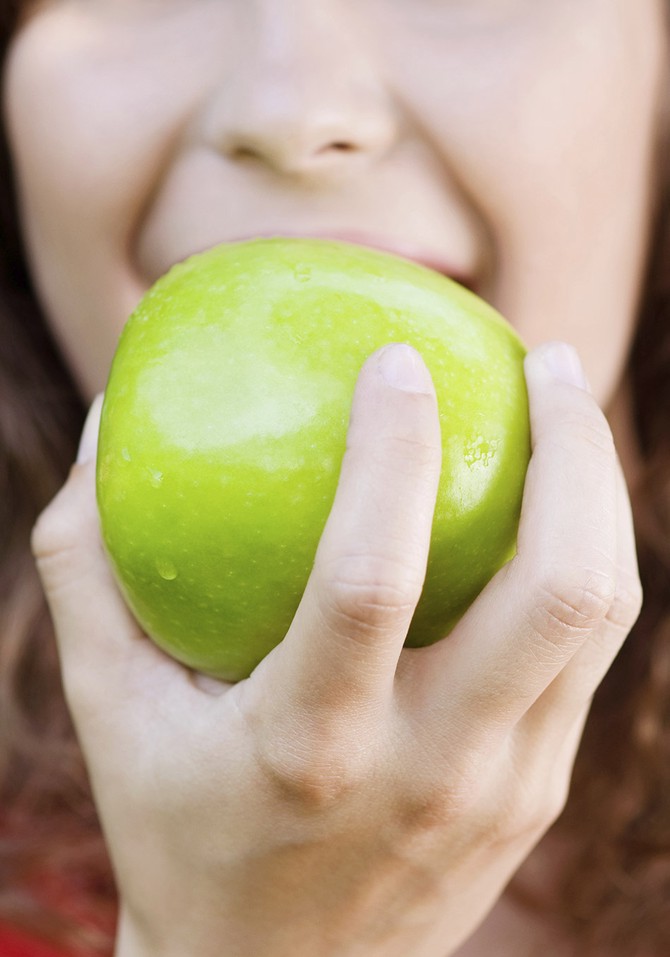
Photo: gpointstudio/iStock/Thinkstock
How to Resist the Sample Table
What he found: When we asked Wansink, who's been analyzing people's shopping habits since 1995, what surprised him the most, he told us that he's constantly amazed by how flexible shoppers are. We all go into the store with certain healthy items in mind, and we all walk out with fattening stuff we don't really need. We're so much more susceptible to cues like advertising, sampling and packaging than we realize, he says.
What you should do: Use these cues to your advantage. Wansink says he found that people who take an apple from home and eat it on the way to the store end up subconsciously priming themselves to buy healthy food.
What you should do: Use these cues to your advantage. Wansink says he found that people who take an apple from home and eat it on the way to the store end up subconsciously priming themselves to buy healthy food.
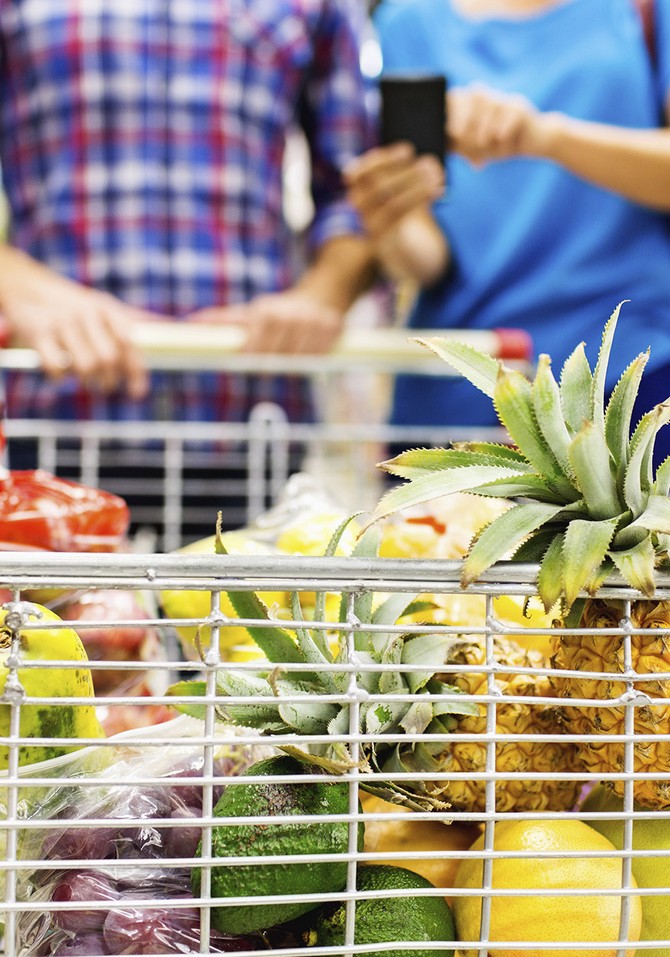
Photo: londoneye/iStock/360/Getty Images
A Sneaky Way to Eat More Broccoli
What he found: Those dubious-looking sauces, dips and condiments sold next to the fresh fruit and veggies are the store's way of trying to get us to spend more money, says Wansink—and it's not necessarily a bad thing. He explains that we're more likely to buy food (healthy food included) when we can imagine exactly how we'll eat it. For many people, a head of broccoli or a bunch of carrots looks like "work." But if there's a jar of creamy blue cheese dressing next to it, it becomes crudité—a tasty after-work snack.
What you should do: Keep an eye on the ratio of junky-to-healthy food in you cart so that you don't end up with so much blue cheese that you start dipping potato chips in it.
What you should do: Keep an eye on the ratio of junky-to-healthy food in you cart so that you don't end up with so much blue cheese that you start dipping potato chips in it.
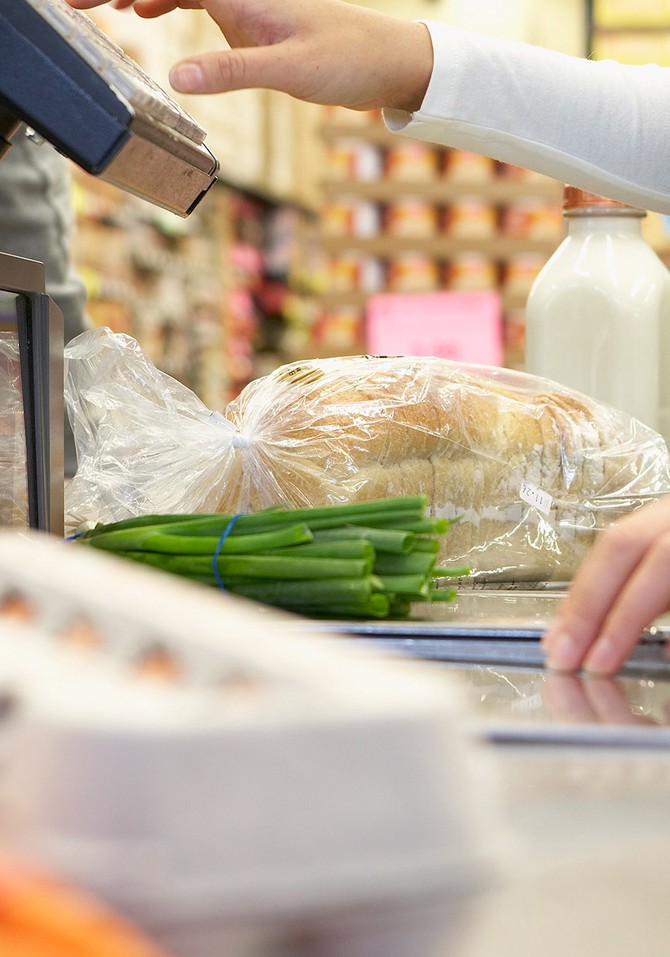
Photo: Noel Hendrickson/Blend Images/Getty Images
How You Can Make Your Store Healthier
What he found: Shoppers overwhelmingly make better, healthier, less-fattening choices at stores that meet certain criteria, Wansink says. Those stores offer healthier foods in aisle 2; highlight seasonal produce; have at least one food-free checkout aisle; play relaxing music; have wider, more comfortable aisles to allow us to linger and read labels; have clean restrooms near the entrance (because we are more likely to make wise choices when we're not stressed or uncomfortable). You can find out if your favorite store is sneakily keeping you slim or making you fat by evaluating it against Wansink's checklist.
What you should do: Wansink says that it can be easier than you think to boost your store's score. While shopping at his local market with his three young children, he found it impossible to avoid the treats near the registers. He asked coworkers to join him in requesting that the manager to provide at least one snack-free checkout. After the fifth or sixth person asked, the manager gave in. "People spend about $5,000 a year on groceries," Wansink points out. "That's a lot of money for a store to lose over something like candy placement."
What you should do: Wansink says that it can be easier than you think to boost your store's score. While shopping at his local market with his three young children, he found it impossible to avoid the treats near the registers. He asked coworkers to join him in requesting that the manager to provide at least one snack-free checkout. After the fifth or sixth person asked, the manager gave in. "People spend about $5,000 a year on groceries," Wansink points out. "That's a lot of money for a store to lose over something like candy placement."
Published 09/16/2014

